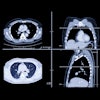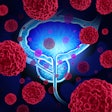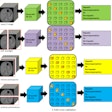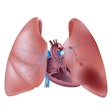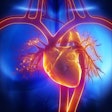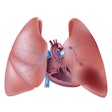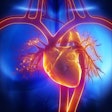The group, led by Ehsan Samei, PhD, from Duke University, examined the imaging data of 10,000 chest and abdominopelvic CT scans acquired at 109 healthcare institutions across the U.S. The researchers calculated several radiation dose metrics from the scans, including CT dose index volume (CTDIvol), dose reference level, noise reference level, and resolution reference level.
In previous research, Ria et al introduced the concept of noise reference level as a way to consider image quality when adjusting radiation dose. Samei and colleagues have now suggested expanding this idea to factor in image resolution as well.
Testing their new resolution reference level, the researchers found a wide range in image resolution, from 0.33 mm-1 to 0.46 mm-1 for abdominopelvic CT and from 0.39 mm-1 to 0.46 mm-1 for chest CT. They also identified considerable variation in dose reference levels used at the different imaging centers.
The addition of a resolution reference level could extend decision-making for developing imaging protocols to consider how dose standards might affect overall image resolution, Samei and colleagues noted.
